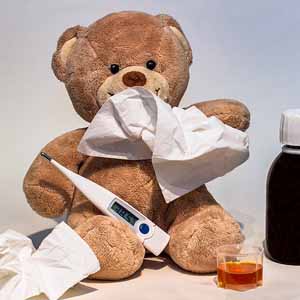Incidence, pattern and determinants of self-medication for fevers in children: A survey of caregivers in an emergency unit in Benin City, Nigeria

Accepted: 28 July 2022
All claims expressed in this article are solely those of the authors and do not necessarily represent those of their affiliated organizations, or those of the publisher, the editors and the reviewers. Any product that may be evaluated in this article or claim that may be made by its manufacturer is not guaranteed or endorsed by the publisher.
Authors
Self-medication is common in medically underserved areas, with disastrous consequences. It is necessary to determine the frequency and risk factors in our area. The purpose of this study was to find out the frequency, pattern, and risk factors for self-medication for febrile childhood illnesses among caregivers seen in the emergency paediatric unit. A descriptive, cross-sectional design was used for this study. Participants included caregivers for children seen in the unit. A semi-structured questionnaire was used to collect data, which included sections on demography, determinants, pattern, and reasons for self-medication, as well as actual reports of self-medication in the previous three weeks. In order to identify risk factors for self-medication, inferential analyses were performed. P-values less than 0.05 were considered significant. The study included 153 caregivers, with an average (SD) age of 45.6 (13.8) years. Self-medication for fevers in children was 25.5%, with 20 (51.3%) of the children treated being under the age of five. Antipyretics (20.3%) and antimalarials (13.7%), particularly artemisinin-based combination therapy (ACT), were the most commonly used drugs. Place of residence (p= 0.011), living arrangement (p= 0.030), and awareness of an adverse drug event (p= 0.045) are factors that influence self-medication in the previous three weeks. Having health insurance, NHIS (OR = 2.734, 95% CI: 1.120-6.678; p=0.027), and using an insecticide-treated net (OR = 0.272, 95% CI: 0.117-0.634; p=0.003) are also independent predictors of self-medication. With multifactorial determinants in the setting, self-medication is common. There is a need for increased access to subsidized healthcare for children, as well as caregiver education on the potential harms of self-medication.
How to Cite
PAGEPress has chosen to apply the Creative Commons Attribution NonCommercial 4.0 International License (CC BY-NC 4.0) to all manuscripts to be published.

 https://doi.org/10.4081/acbr.2022.215
https://doi.org/10.4081/acbr.2022.215



